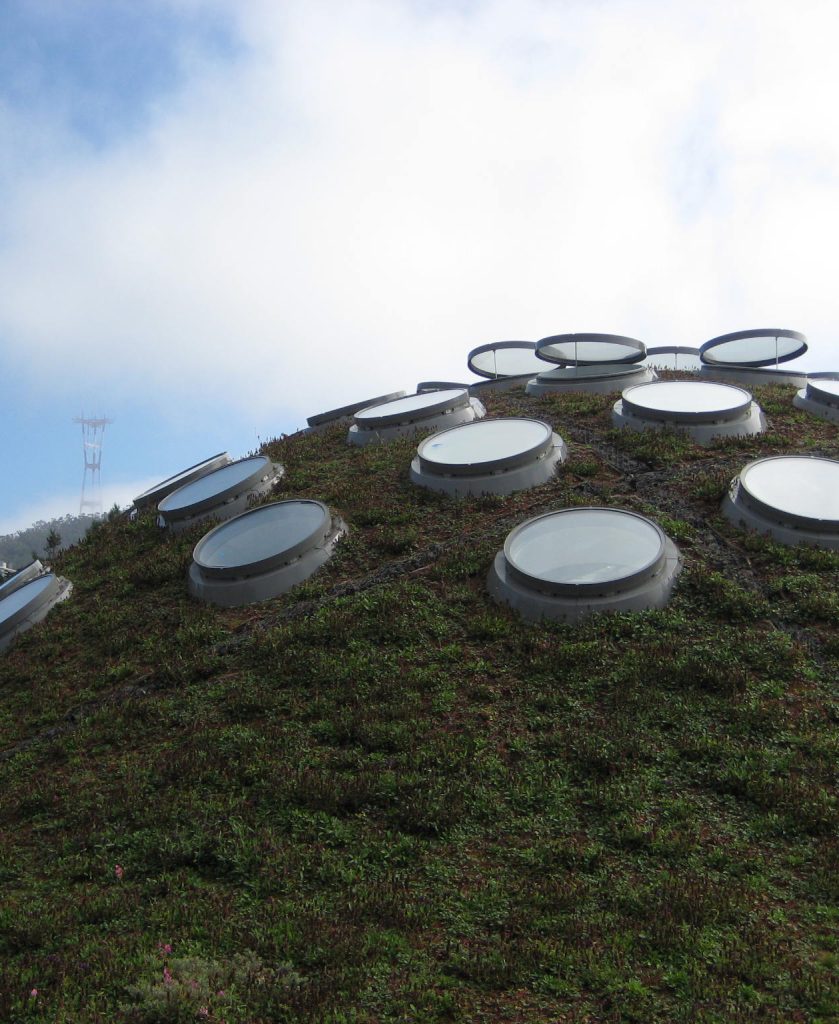Reducing Embodied Carbon through the SE 2050 Commitment

Simpson Gumpertz & Heger Senior Project Manager Michael Tecci discusses the importance of being involved with the SE 2050 Commitment and how it can contribute to reducing embodied carbon.
Q. How can the SE 2050 Commitment Program help reduce embodied carbon?
Embodied carbon is a measurement of the amount of carbon dioxide that’s emitted when making a particular material or building component. Carbon dioxide emissions have a negative impact on global warming—the more that’s expended during construction, the faster the rate of warming for the planet. In the structural engineering world, we must be conscious of this, especially in how it relates to the production of steel and concrete—two materials we frequently use in designing buildings. In response, the Structural Engineering Institute (SEI) developed the Structural Engineers 2050 Commitment Program (SE 2050), which aims to reduce embodied carbon in structural systems to net zero by the year 2050.
Q. Why did Simpson Gumpertz & Heger commit to the program?
Simpson Gumpertz & Heger (SGH) believes that climate change is an important issue and that our commitment to SE 2050 can help meet our greater sustainability goals. With many of our technical staff members taking part in SEI activities, we had an internal interest from the start. We engaged both our New Design practice area and SGH’s executive leadership to support the program early on in its development. SE 2050 is a component of our sustainability goals and Corporate Responsibility program. We understand that a building’s structure, especially its steel and concrete elements, contributes to a large portion of its embodied carbon and we want to work towards improving this.

Q. What excites SGH most about SE 2050?
We look forward to leading by example and understand that our actions have an impact across the industry. Designing an optimized and efficient structure helps with addressing embodied carbon, but we are also passionate about finding ways to adjust the materials we use that can help reduce a structure’s carbon footprint even further. As a firm, we have a history of thriving under challenges—we want to push our firm and our practice to do better and have a positive impact on climate change. It’s exciting to see the progress we’ve made in a short amount of time since we signed onto the initiative, and great to imagine what we’ll be able to accomplish as time goes on.
Q. Does SGH have a favorite past project that had a focus on sustainability? If so, what was the best part of that project with regards to its sustainability goals?
I am currently working on a project developing a new science center at a leading university in Connecticut. As part of the structural design, we’re finding ways to reduce the embodied carbon of the concrete foundation, hopefully by up to 30% for those elements. That will result in about a 5% carbon reduction for the overall project. While that may not seem like a large number at first, if we make that impact for all our new design projects moving forward, it will add up over time.

As a firm, we have a history of thriving under challenges—we want to push our firm and our practice to do better and have a positive impact on climate change.
Q. Does SGH have any advice for other firms considering making the SE 2050 commitment and/or another sustainability goal?
Dig in and start to understand the program. Committing to SE 2050 does not require a large effort and can yield a sizeable gain. Often, sustainability initiatives are put in the hands of architectural or HVAC firms to address the carbon emissions associated with building operations, but we as structural engineers can and should actively contribute to the embodied carbon side of the equation. Emission reductions are needed immediately, and these impacts will outweigh operational impacts in the near term. Companies should also consider setting up a budget so they can invest in these programs to help hit their goals. Other organizations in the AEC industry are working towards similar goals, like the American Institute of Architects’ AIA 2030 Commitment. If we all try to improve our sustainability efforts, we can strengthen our relationships with each other, share lessons learned, and become more efficient on future projects.
Q. What drives you to pursue these changes?
It’s important to me. I know the climate crisis is real and this is a tangible way that I can take action. Some may consider this a small contribution in the grand scheme of things, but it’s directly within my control. I think about the personal contribution that I am making and get excited about that level of effort multiplying. I believe that if we all start making this part of our practice, it will eventually become part of who we are as a profession, and it will no longer be considered an obstacle—it’s just a few hours out of the hundreds we are already committing to projects. If my colleagues can adopt these policies over the next three to five years, it will be second nature by 2050 and the impact will be enormous.